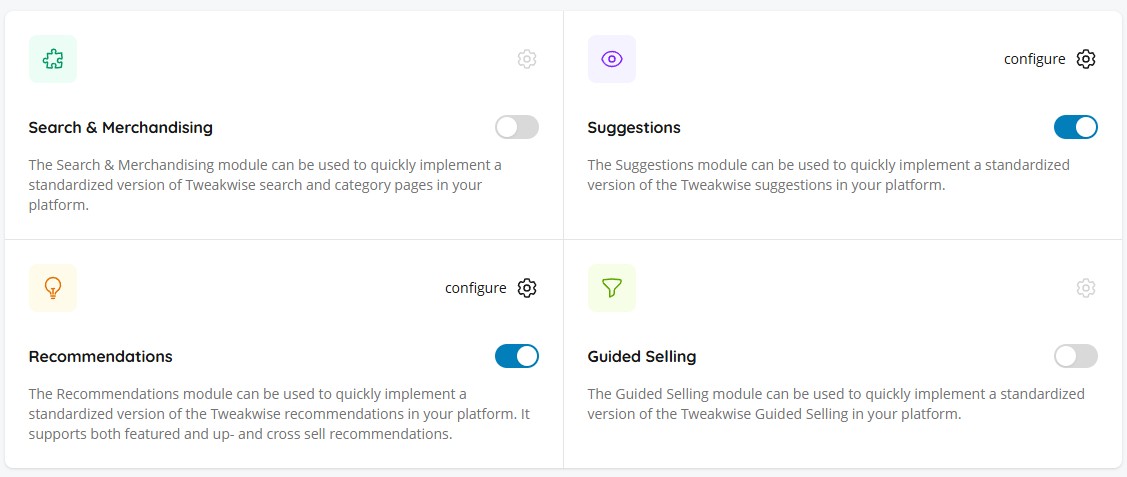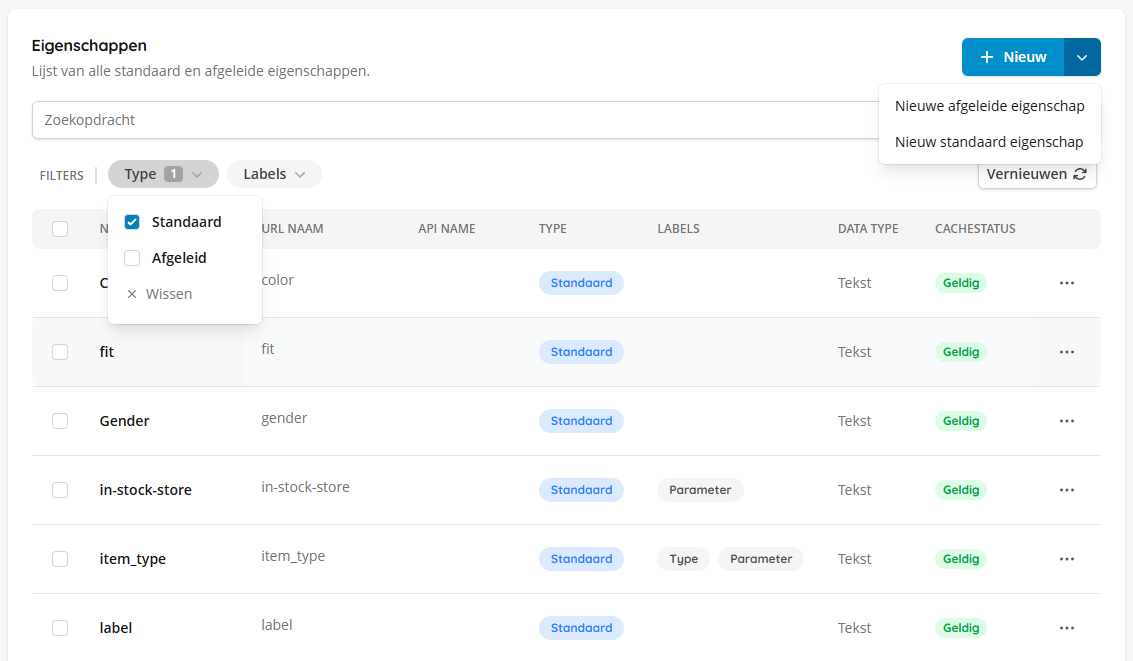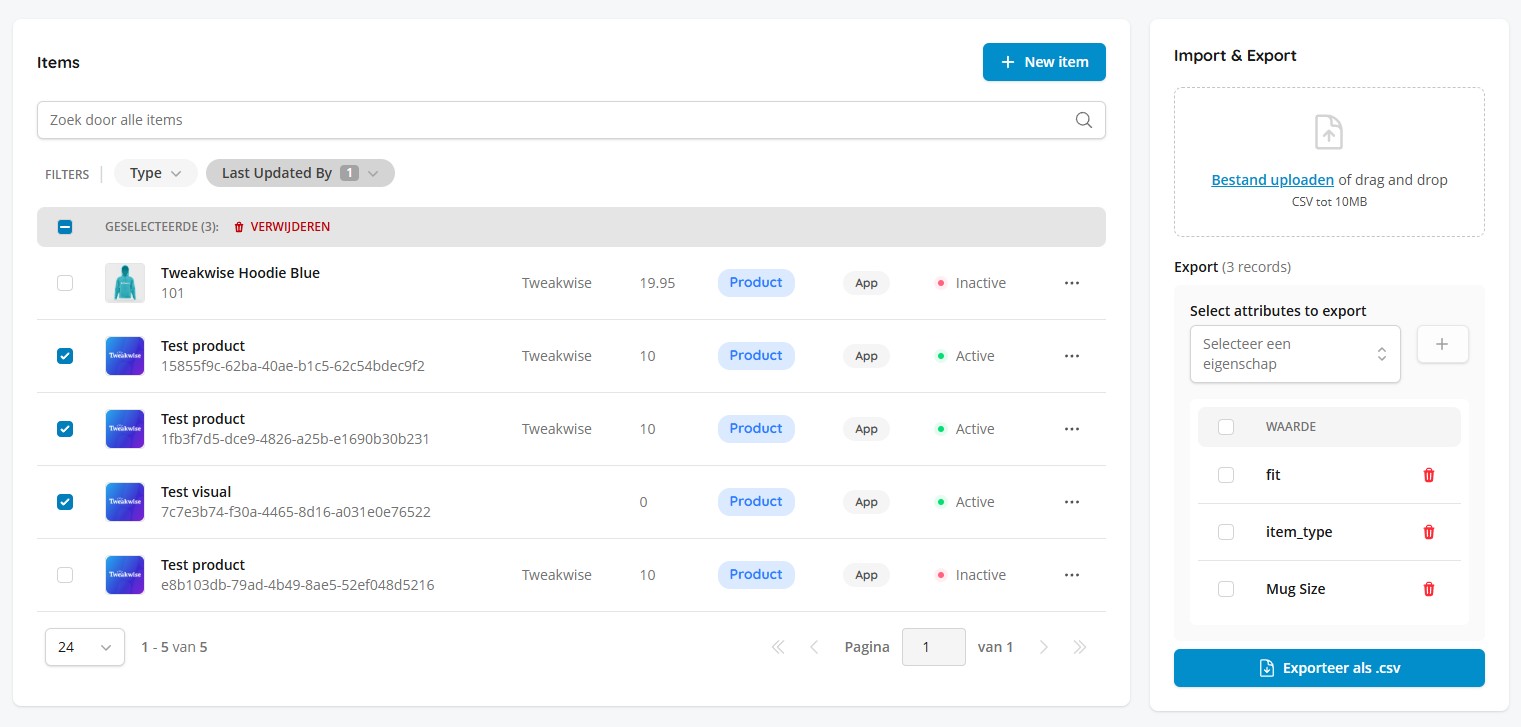We are delighted to announce the launch of A/B Testing, a powerful new feature in the Tweakwise App. With A/B Testing, you can now move beyond assumptions and make decisions based on facts. This new module gives you all the freedom and ability to optimize endlessly until everything aligns with your goals, your customers, and your vision. The new feature allows you to steer more effectively with data, accelerate optimizations, and avoid costly assumptions. By running tests, a bit of tweaking and learn from outcomes, you will achieve higher conversions and a more relevant shopping experience.

The A/B Testing feature enables comprehensive testing across crucial areas of your online platform:
- Test your lister pages: You can easily run tests comparing various elements on your lister pages, like grid layouts, visual components, and campaigns. Compare how different arrangements of components such as 'Popular', 'Visual', and 'Sale' blocks perform against each other You can also compare different product displays and visual promotions.
- Optimize filters: Experiment with filtering by adjusting the order and visibility of your filters. You can instantly define the best order and visibility for your filters.
- Smart sorting: Experiment with sorting by testing different sort options against each other, each utilizing its own logic. This functionality allows you to find the most effective sort option for your visitors. Test which order of sorting options, such as 'Relevant', 'Especially for you', 'Best reviews', and various price ranges, drives better results.
To understand the impact of A/B testing, imagine trying to choose the best route to work. Instead of simply guessing which road is fastest (an assumption), A/B testing is like driving two different routes simultaneously (Variants A and B) with different drivers, accurately measuring the travel time, and then choosing the winning route based on clear, factual data.
The A/B Testing tool ensures your decisions are always well-founded and based on reliable insights. The itself tool shows you directly whether there is a clear winner or no measurable difference between the tested variants. We focus on higher conversion (in the terms of Conversion Rate), but will also measure Revenue, Average Order Value, Units per Transaction. All of our A/B tests will run in an even 50/50 percent split and will run as long as you want: you can change your end date as long as the test is running, although this is not a best practice to do.
Integration agnostic set-upNo A/B-specific code is required on your side: Tweakwise A/B Testing runs entirely within our platform. Variant assignment, distribution, and evaluation are handled server-side. Your implementation only needs to supply the required identifiers and events to enable consistent variant exposure and accurate measurement.
This guide outlines the technical requirements for developers integrating A/B testing via API or Tweakwise JS. Be aware that proper A/B Test reporting depends on Event Tag data.



